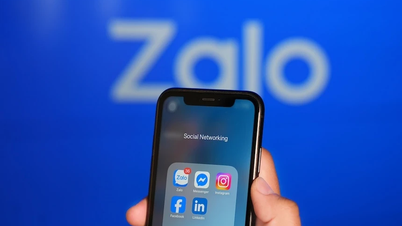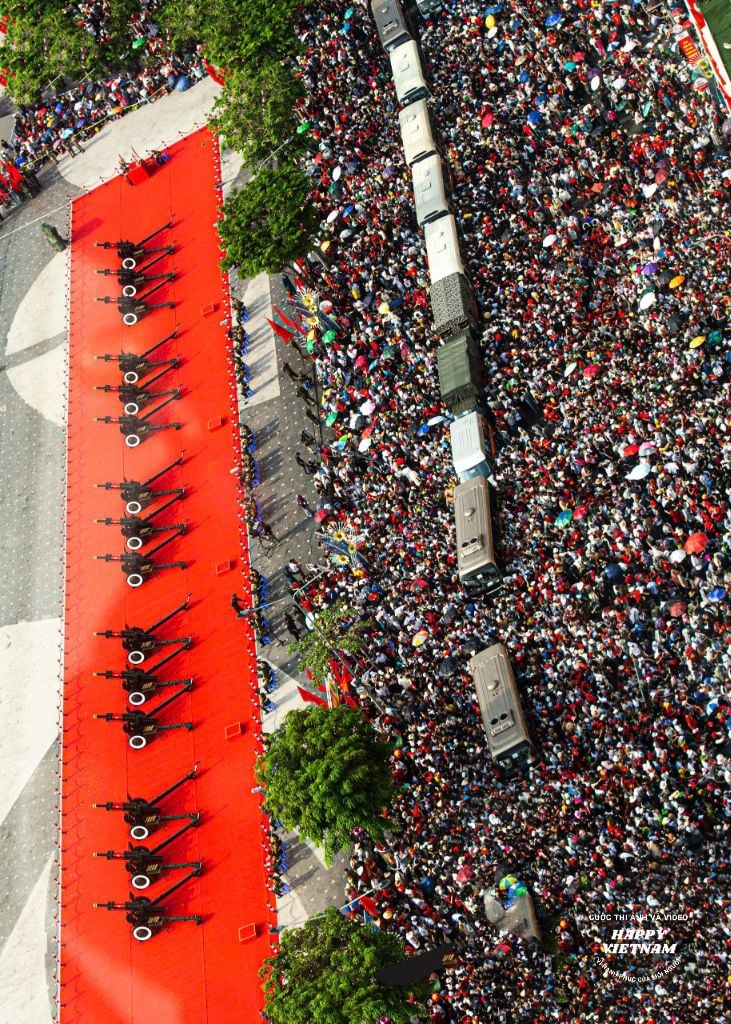Taking and storing personal photos is a need for many phone users. However, not everyone knows how to keep these images safe from thieves or hackers, as seen in many celebrity nude photo leaks via phones or iCloud.
According to security experts, for iOS, Android mobile devices or computers, there are simple ways for users to store sensitive photos more securely.
Protect photos on iPhone and iOS
"Apple does a good job of making a secure consumer device. The average hacker wouldn't be able to hack an iPhone," said Patrick Wardle, founder of the open source tool Objective-See for Mac and a former NSA hacker.
Still, experts note that iPhone users should install some built-in security features on their devices to ensure their photo libraries are as secure as possible. " Thieves will target the least protected devices," Wardle says.

Four-digit passwords and patterns are convenient but not secure enough, experts recommend using alphanumeric passwords and biometrics instead. (Photo: Dreamstime)
First, install the latest iOS updates, which often include bug fixes and patches for security vulnerabilities. Additionally, users should avoid using a single password for all accounts.
There have been many cases of hackers attacking corporate accounts and using that account to access other accounts, such as the Adobe hack in 2013.
Experts also recommend enabling two-factor authentication (MFA) wherever possible, such as iCloud Drive. “This extra layer of security makes devices and accounts much harder to hack, and hackers will bypass it to find easier targets,” Wardle says.
Users should also only store sensitive files on their phones or iPads, rather than the cloud, to reduce the number of possible locations for attack.
The final step is to be careful with photo storage apps. In most cases, once a user grants an app access to their photo library, the developer can do whatever they want with that data, such as storing it on a server, experts say.
Popular apps like Facebook, Google Photos, and Instagram are safer because they are regularly audited by security researchers, but small, unknown apps are a data leak risk.
For Android devices and PC
Neil Kittleson, CEO of NKrypt and a former NSA cybersecurity expert, said the first step is to set a passcode on your device. “A four-digit passcode is not enough to keep snoopers out, use a stronger passcode or biometrics,” Kittleson said.
Kittleson recommends using built-in Windows tools or Android apps to encrypt photos, then keeping the encryption password secret. That way, the thief won't be able to view the photos even if they keep the files.
With Windows 10, full disk encryption and file encryption are available for Pro, Enterprise, or Education editions. Users simply right-click on a file, select "properties," "general," "advanced attributes," and select "encrypt contents." Home editions do not support this feature.
On Android devices, there are apps that add an extra layer of encryption to your photo library. However, experts note that you need to find a trusted developer that uses AES256 encryption.
Finally, Kittleson recommends users remove EXIF data from their photos. "Every photo you take has this data that records the location, the type of camera used, and the time the photo was taken," Kittleson explains. "If your sensitive photo records your home address as the location, even cropping your face will reveal your identity."
(Source: Zing News)
Useful
Emotion
Creative
Unique
Source


![[Photo] Prime Minister Pham Minh Chinh attends the event "Digital transformation of the banking industry by 2025"](https://vphoto.vietnam.vn/thumb/1200x675/vietnam/resource/IMAGE/2025/5/29/0e34cc7261d74e26b7f87cadff763eae)



![[Photo] Prime Minister Pham Minh Chinh receives leaders of Excelerate Energy Group](https://vphoto.vietnam.vn/thumb/1200x675/vietnam/resource/IMAGE/2025/5/29/c1fbe073230443d0a5aae0bc264d07fe)






















































































Comment (0)